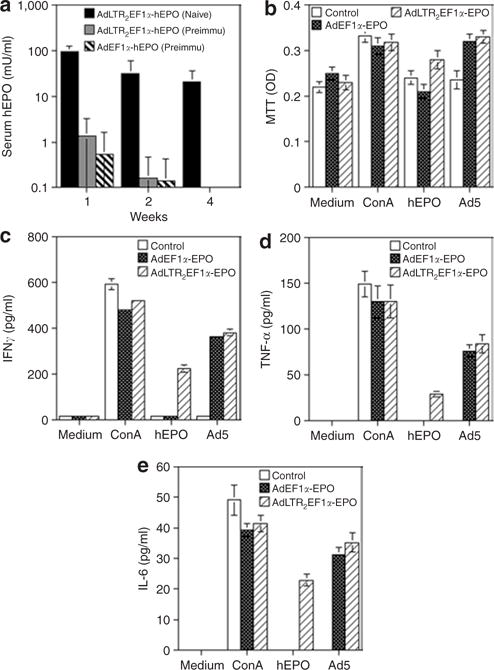Figure 4. Immune reactivity following vector administration to salivary glands in rats.

(a) The rats were either pretreated with a conventional Ad5 vector (AdCMV-luc13) by intramuscular injection or not (naive) on day –21. On day 0 the rats were administered either AdLTR2EF1α-hEPO or AdEF1α-hEPO through their submandibular glands, as indicated. The data shown are the mean values ± SD (n = 5/group). (b–e) Spleens were removed 2 months after vector administration. Splenocytes were prepared and used for performing cellular immune response assays. (b) Cellular proliferation was measured using the MTT assay. (c,d) IFN-γ and TNF-α production, i.e., TH1 responses. (e) IL-6 production, i.e., a TH2 response. The data shown in b–e are the mean values ± SD of results from 2 rats/group, each assayed in triplicate. Medium: the negative control, cells incubated in culture medium only. Con A: the positive control, cells incubated in medium supplemented with concanavalin A (10 μg/ml). hEPO: results from cells incubated with 500 mU/ml recombinant hEPO protein. Ad5: results from cells incubated with AdCMV-luc at a multiplicity of infection (MOI) = 10 particles/cell. See text for additional details. Ad, adenovirus; CMV, cytomegalovirus; EF1α, elongation factor-1α; hEPO, human erythropoietin; IFN-γ, interferon-γ; IL-6, interleukin-6; LTR, long-terminal repeat; MTT, 3-(4,5-dimethylthiazol-2-yl)-2,5-diphenyltetrazolium bromide, TNF-α, tumor necrosis factor-α.
